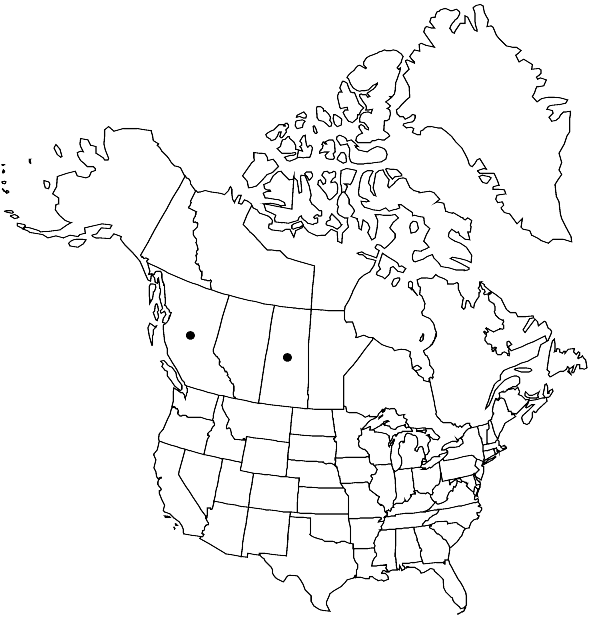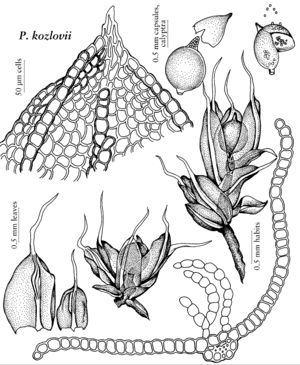familyPottiaceae
subfamilyPottiaceae subfam. Pottioideae
genusPterygoneurum
speciesPterygoneurum kozlovii
Difference between revisions of "Pterygoneurum kozlovii"
Bot. Zhurn. (Kiev) 3: 61. 1946,.
FNA>Volume Importer |
imported>Volume Importer |
||
| (One intermediate revision by the same user not shown) | |||
| Line 45: | Line 45: | ||
|publication year= | |publication year= | ||
|special status= | |special status= | ||
| − | |source xml=https:// | + | |source xml=https://bitbucket.org/aafc-mbb/fna-data-curation/src/2e0870ddd59836b60bcf96646a41e87ea5a5943a/coarse_grained_fna_xml/V27/V27_882.xml |
|subfamily=Pottiaceae subfam. Pottioideae | |subfamily=Pottiaceae subfam. Pottioideae | ||
|genus=Pterygoneurum | |genus=Pterygoneurum | ||
Latest revision as of 21:29, 5 November 2020
Leaves with distal lamina smooth; awn smooth or sharply serrulate; lamellae 2–6(–10) cells in height, not lobed, sometimes bearing filaments. Capsule cleistocarpous, immersed to emergent, short-ovoid; eperistomate. Calyptra cucullate or rarely mitrate.
Phenology: Capsules mature spring.
Habitat: Grassy areas, around alkaline depressions, steppe
Elevation: moderate elevations
Distribution

B.C., Sask., c Europe.
Discussion
A locally abundant (T. T. McIntosh 1989) western species, Pterygoneurum kozlovii commonly grows mixed with other species of the genus. Although the gametophyte is much the same as that of P. subsessile, the brown, spheric cleistocarpous capsules with no annulus are unique for the genus. Perigonia are borne terminally on short lateral or basal branches.
Selected References
None.
Lower Taxa
None.
